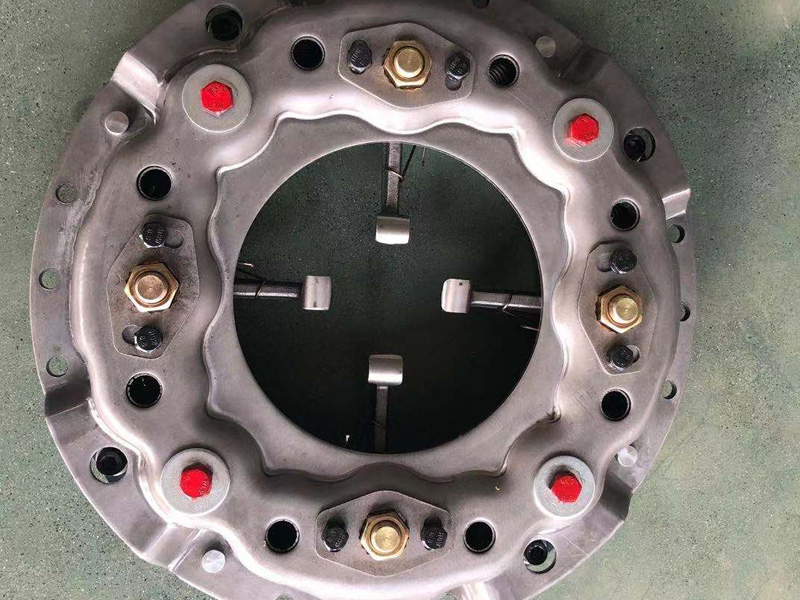Characteristics of Clutch Pressure Plate
2024-04-28
The clutch pressure plate is a crucial component of a manual transmission system in vehicles equipped with a clutch assembly. Here's an overview of its function and key characteristics:
1. Function: The clutch pressure plate is responsible for engaging and disengaging the clutch disc from the engine's flywheel. When the clutch pedal is depressed, the pressure plate releases tension on the clutch disc, allowing it to disengage from the flywheel, which interrupts the power flow from the engine to the transmission. When the clutch pedal is released, the pressure plate applies pressure to the clutch disc against the flywheel, engaging the transmission and enabling power transfer from the engine to the wheels.
2. Design: The clutch pressure plate consists of a cast or forged metal housing with a friction surface facing the clutch disc. Inside the housing, there are spring-loaded diaphragm springs arranged radially around the center of the pressure plate. When the clutch pedal is depressed, the diaphragm springs are compressed, releasing pressure on the clutch disc. When the pedal is released, the springs expand, applying pressure to the clutch disc, which engages it against the flywheel.
3. Friction Surface: The friction surface of the pressure plate is typically lined with a friction material, similar to that found on brake pads, to provide grip and ensure smooth engagement of the clutch disc. This friction material wears down over time with use and may require replacement during clutch maintenance.
4. Diaphragm Springs: The diaphragm springs inside the pressure plate provide the clamping force needed to engage the clutch disc against the flywheel. These springs are designed to withstand repeated cycles of compression and expansion without losing their elasticity, ensuring consistent clutch performance over the lifespan of the vehicle.
5. Release Mechanism: The clutch release mechanism, which includes the release bearing (also known as the throwout bearing) and release fork, interacts with the pressure plate to disengage the clutch when the pedal is depressed. The release bearing applies force to the diaphragm springs, compressing them and releasing tension on the clutch disc.
6. Balancing: The pressure plate is carefully balanced to minimize vibrations and ensure smooth operation of the clutch assembly. Imbalances in the pressure plate can cause vibrations, noise, and premature wear of clutch components.
7. Maintenance: The clutch pressure plate, like other clutch components, requires periodic inspection and maintenance to ensure proper function and longevity. Signs of a worn or failing pressure plate include clutch slippage, difficulty shifting gears, and unusual noises during clutch engagement.
Overall, the clutch pressure plate plays a critical role in the operation of a manual transmission vehicle, enabling smooth engagement and disengagement of the clutch for efficient power transfer from the engine to the wheels. Proper maintenance and replacement of the pressure plate as needed are essential for ensuring reliable clutch performance and extending the lifespan of the transmission system.



